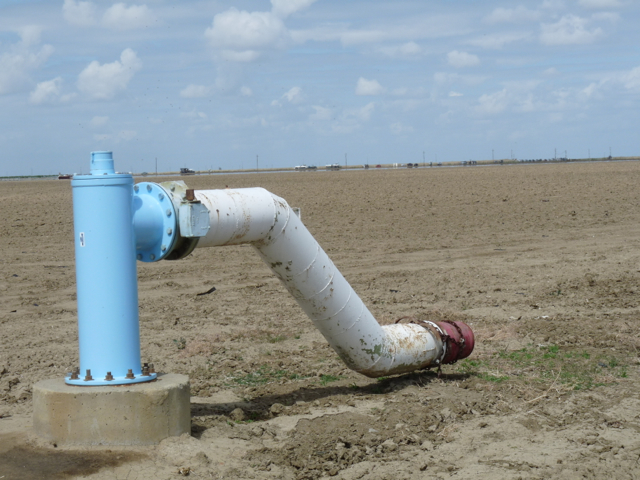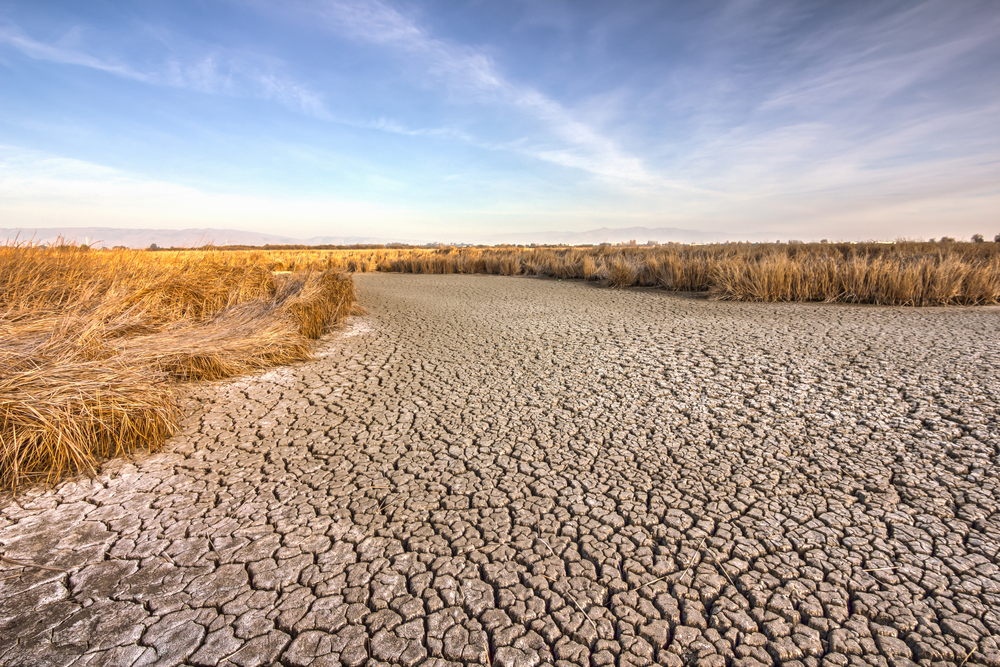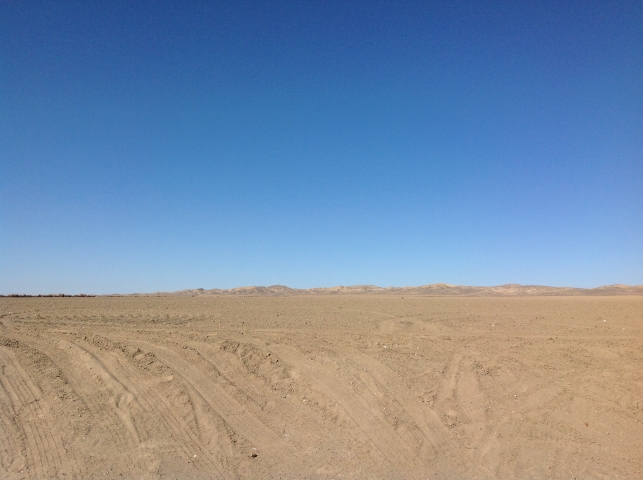Fresno County 2014 Crop Report May Fall Further than 2013
Fresno Ag Commissioner Les Wright Concerned About Regaining #1 County Status
By Patrick Cavanaugh, Associate Editor
Recently, California Ag Today spoke with Les Wright, Ag Commissioner of Fresno County on how that county is traditionally the highest rated in statewide, and nationwide, in agricultural output of many specialty crops, but water restrictions have bumped the county down a few rungs.
“Fresno County, since 1954, has been the number one agriculture producing county in the world, with two exceptions. The most recent exception was in 2013, documented in our last crop report, when the water shortage was a West Side-only issue,” said Wright.
That year, the East Side received a nearly 50 percent allotment from the Friant Water Authority of the federal Central Valley Project. In 2014 there was a zero allocation for both an East-side and a West-side issue.”
“I’m not sure how 2014 will wash out, but other dynamics are also playing into it. Nut crops are very valuable, and they have high yields, and our Southern neighbors are planting a lot of nuts.”
But Wright said that things are different in surrounding counties. “They don’t have the diversity that Fresno County has. I’m very optimistic that once we get our water allotments back, we’ll be number one again. But until that occurs, I’m not sure where we are going to end up.”


















 Westlands Water District General Manager Thomas Birmingham issued the following statement on the drought bill passage:
Westlands Water District General Manager Thomas Birmingham issued the following statement on the drought bill passage:












